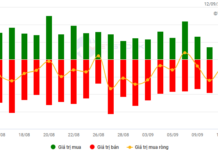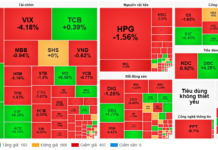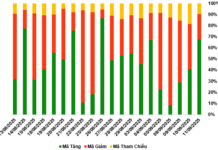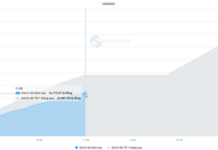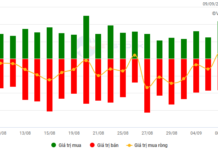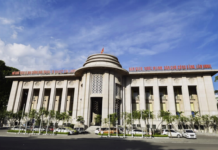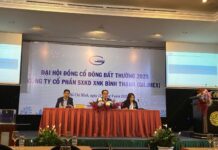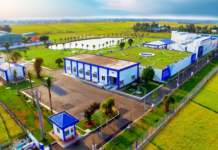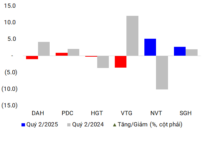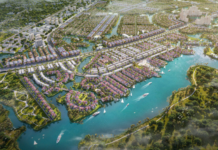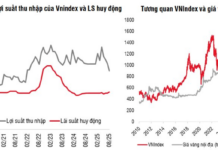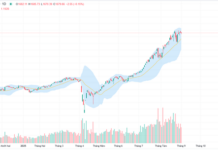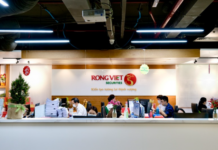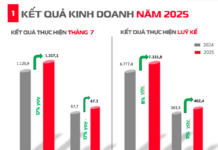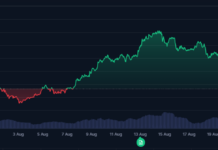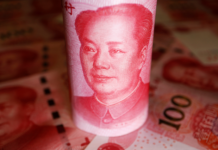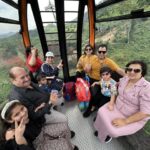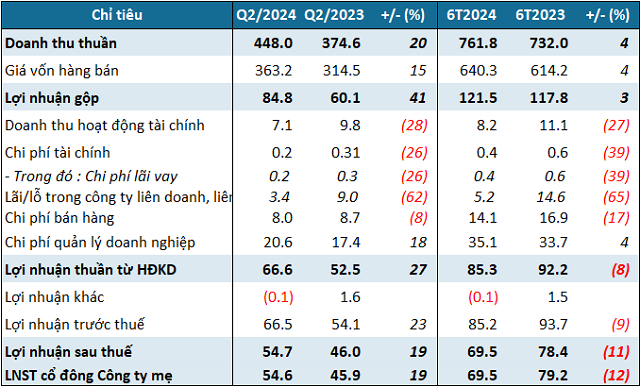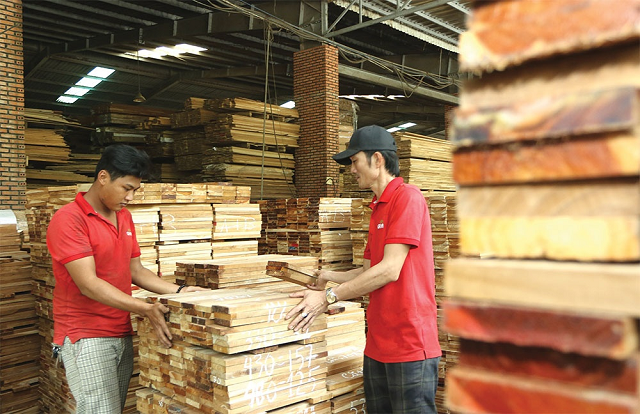India’s outbound tourism market is a potential goldmine, with its citizens expected to spend approximately $42 billion on international travel each year starting in 2024. With a population of over 1.4 billion people, India has the largest population in the world, and its growing middle class presents a significant opportunity for the tourism industry.
A LARGE AND PROMISING MARKET
According to statistics from Vietnam’s National Tourism Administration, the country welcomed over 392,000 Indian arrivals in 2023, a 231% increase compared to 2019. However, just in the first six months of 2024, this number surged to 231,000, a remarkable 164% year-on-year growth.
The report “Travel Trends 2024: Breaking Boundaries” from Mastercard Economics Institute confirms that Indian arrivals to Vietnam increased by 248% compared to the same period in 2019. This data, collected from January to March 2024, indicates a continuing boom in Indian travel demand, especially as the country is expected to see an additional 20 million people joining the middle class in the next five years.
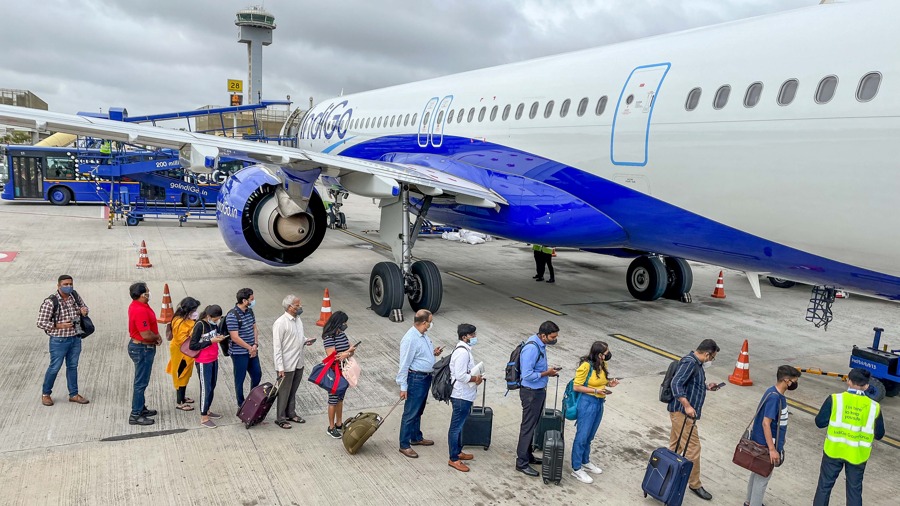
The Economic Times estimates that in 2024, outbound tourists from this South Asian country will spend around $42 billion on international tourism. The World Travel and Tourism Council (WTTC) recognizes India as a large and promising outbound travel market, projecting nearly 50 million outbound trips with an estimated revenue of $100 billion by 2027. These figures further emphasize the enormous potential of the Indian market.
Meanwhile, Vietnam has all the strengths to attract more Indian tourists. The distance between Vietnam and India is not too far, and recent years have seen the introduction of direct flights connecting the two countries, making travel convenient with only a 4-5 hour flight time to Vietnam.
Additionally, Indians prioritize cost-effectiveness in their travel choices, and Vietnam offers competitive pricing, with services costing 10-15% less than other regional destinations. This price advantage appeals to Indian travelers. Vietnam also offers a unique cultural and culinary experience, along with abundant natural resources, for Indian travelers eager for new discoveries.
This helps explain the recent surge in Indian arrivals to Vietnam, particularly in destinations with rich tourism resources and high-quality infrastructure, such as Da Nang, Phu Quoc, Ha Long, Hanoi, and Ho Chi Minh City. Group family travel, MICE tourism, and extravagant weddings among India’s super-rich are common choices. These positive trends are a result of Vietnam’s tourism industry and local destinations actively promoting and marketing Vietnam as an attractive tourist destination in the Indian market.
Notably, Vietnam Airlines, in collaboration with partners like Vietravel, Vingroup, Sun Group, and Indian travel agencies, recently organized a ceremony to promote Vietnam as a destination in New Delhi. They also successfully launched the Vietnam Tourism Information Center in India, creating a bridge to more effectively tap into the world’s most populous market.
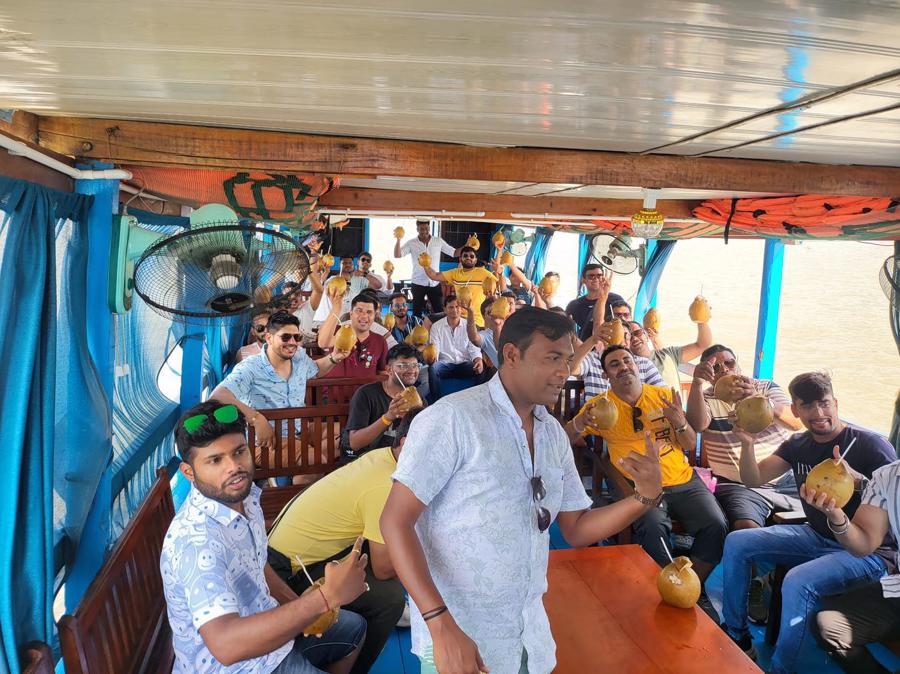
HIGH-SPENDING CUSTOMERS WITH UNIQUE PREFERENCES
In just one week, a group of guests from the Indian pharmaceutical industry will arrive in Vietnam. This group will be utilizing the services of 5-star hotels in Hanoi, including dining and accommodation. Ms. Nguyen Nguyet Van Khanh, Director of Marketing at Vietravel, shared that this group of 4,500 Indian guests had special requests regarding their food. They emphasized the importance of vegetarian and non-vegetarian options, with specific requirements based on their faith and religion.
At the 2023 workshop “Solutions to Attract Indian Tourists to Vietnam,” Ms. Do Thi Thanh Hoa, Vice President of the Institute for Tourism Development Research, pointed out that Indians value family and often travel with their families or groups of friends. Indian tourists tend to be calculative and thoughtful in their choices regarding transportation and dining. Influenced by the traditional culture of social stratification, Indian guests prefer a “master-servant” style of service, a notable difference from the egalitarian culture of European tourists.
From a business perspective, Mr. Pham Ha, Chairman of LuxGroup, shared that price is the primary concern for Indian tourists and the deciding factor in choosing a tour company. “All markets are price-conscious, but Indian tourists are particularly sensitive to pricing. They will try to gather as much information as possible about the costs involved in their trip to negotiate with their chosen partner,” said Mr. Ha.
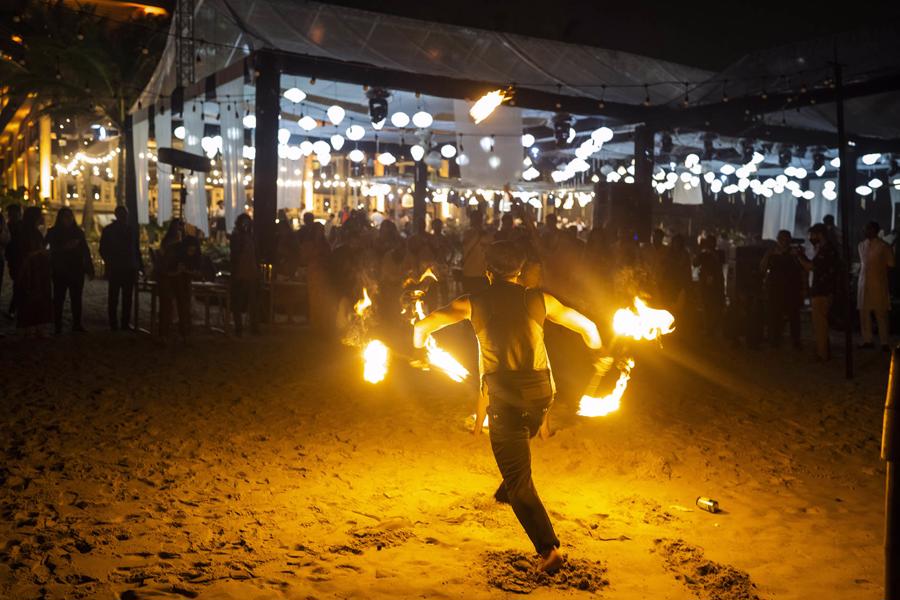
It’s important to remember that Indian travelers have distinct preferences and approaches to spending money. For example, they are heavily influenced by cinema and television when it comes to travel inspiration. On Skyscanner, 39% of users shared that they get their travel ideas from movies and TV shows. Moreover, 94% of Indian travelers get inspired to explore destinations by watching content on their phones or TVs, while only 62% learn about them through books. This information is invaluable for destinations aiming to reach the Indian market quickly and persuasively.
Associate Professor Duong Duc Minh, Vice President of the Institute for Economic and Tourism Development Research, stated, “India is promising to be a replacement market for traditional markets, especially when some European markets are tightening their spending and reducing long-distance travel. While Vietnam’s tourism products may not be as competitive as those in the region, our industry’s adaptability and flexibility can seize the opportunity presented by the surge in Indian tourists.”

However, experts also believe that Vietnam needs to improve its ecosystem of restaurants and accommodation facilities to better serve Indian guests, catering to their dietary and religious needs.
Associate Professor Pham Hong Long, Head of the Tourism Department at the University of Social Sciences and Humanities (Vietnam National University, Hanoi), shared his perspective: “While the number of Indian tourists to Vietnam is increasing, we lack specific and comprehensive statistics on the human resources serving this market. We need to develop solutions to train and enhance the knowledge and skills of those engaged in serving Indian guests.”

